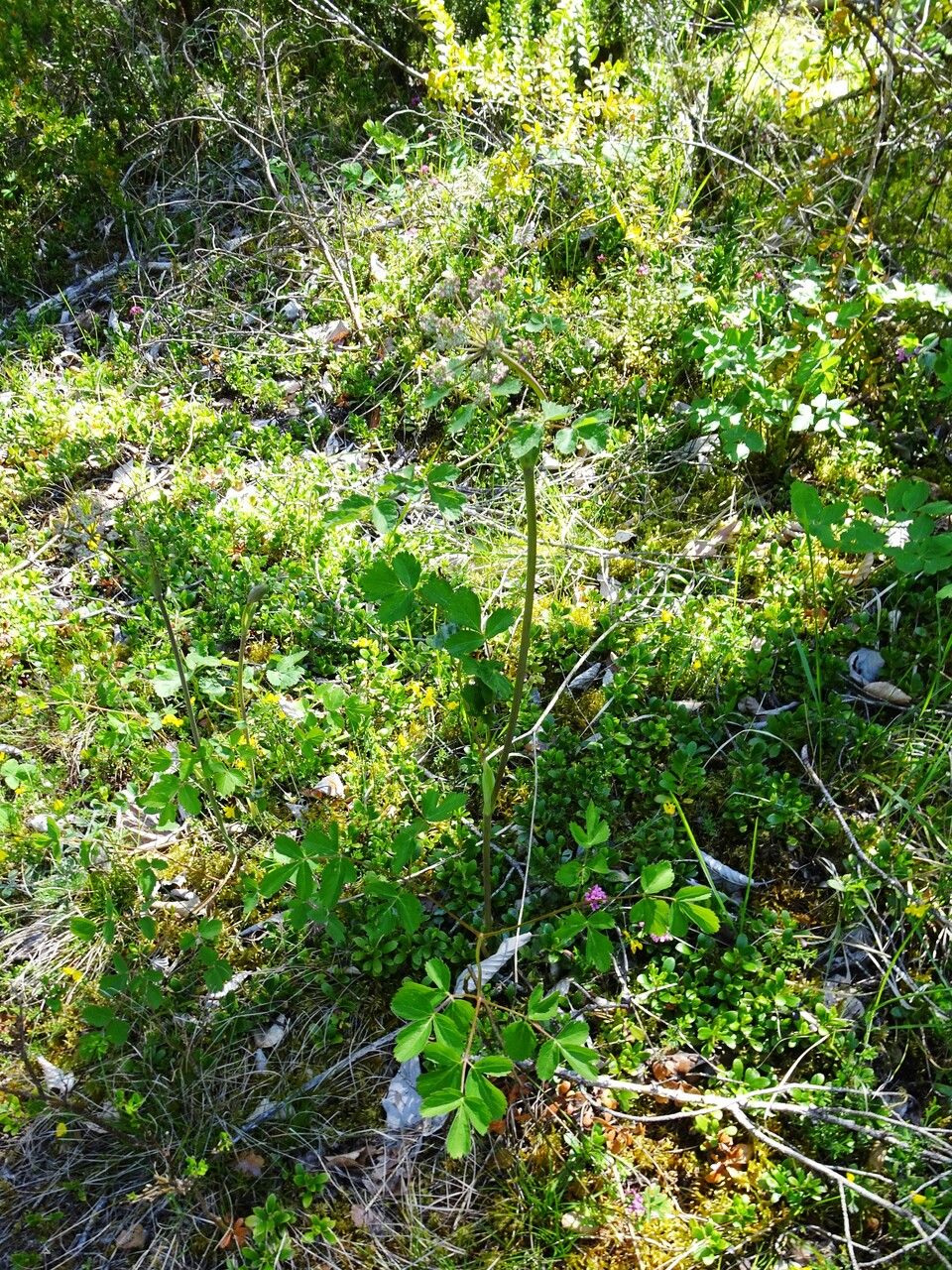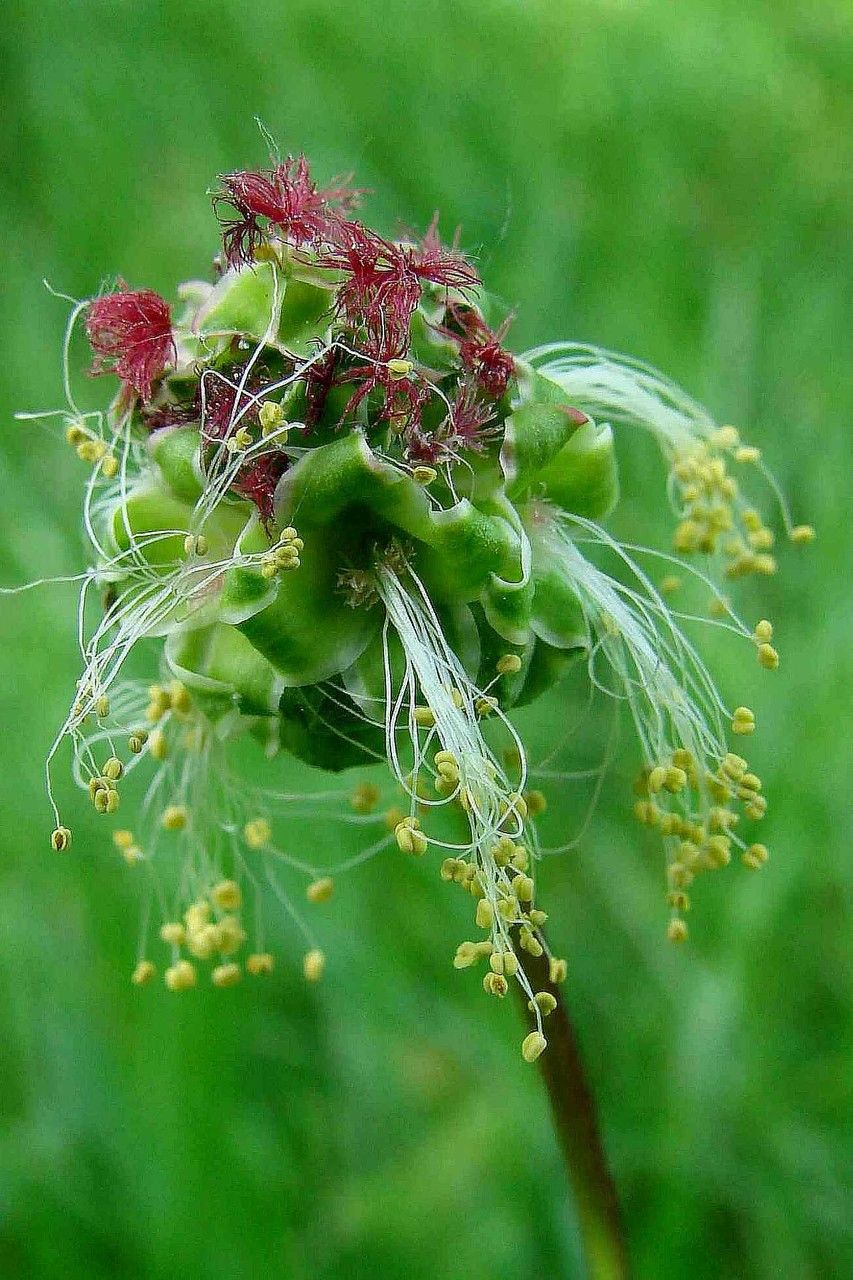## Dutch Clover: A Comprehensive Guide
Dutch clover, scientifically known as *Trifolium repens*, is a versatile and widely adaptable plant belonging to the Fabaceae family (the legume family). Its common name reflects its origins and widespread cultivation in the Netherlands, though it thrives across temperate regions globally. This low-growing, spreading clover is prized for its attractive white flowers, its ability to improve soil health, and its use in various landscaping applications.
### Habitat and Growth
Dutch clover thrives in a wide range of conditions, making it a remarkably adaptable plant. It prefers full sun to partial shade, tolerating some drought once established. Its low-growing habit, typically reaching only a few inches in height, makes it an excellent ground cover. While it can tolerate various soil types, it prefers well-drained, moderately fertile soil that is slightly acidic to neutral (pH 6.0-7.0). The plant’s spreading nature means it can quickly fill in gaps and suppress weed growth.
### Soil Needs and Maintenance
Dutch clover isn't particularly demanding regarding soil nutrients, as it's a nitrogen-fixing plant. This means it enriches the soil through symbiotic relationships with bacteria in its root nodules, converting atmospheric nitrogen into a usable form for the plant and the surrounding environment. This makes it a valuable addition to gardens or lawns needing improved soil fertility. Regular mowing at a higher setting will keep it neat and prevent it from becoming too dominant. Watering is important, especially during establishment, but mature plants can withstand moderate drought periods.
### Uses and Benefits
Dutch clover's versatility extends beyond its aesthetic appeal. It's commonly used as a low-maintenance ground cover, replacing traditional lawns in areas where lower maintenance is desired or where traditional grass struggles to thrive. Its deep roots prevent soil erosion and improve water infiltration. The plant's attractive white flowers provide a pleasant visual contrast to other garden plants and attract pollinators like bees. In some regions, it is used as forage for livestock due to its high nutritional value.
### Growing Dutch Clover
Propagating Dutch clover is straightforward. Seeds can be sown directly into the prepared soil in spring or autumn. Ensure the seedbed is well-prepared, free from weeds, and slightly compacted to ensure good seed-to-soil contact. Thinning may be necessary if plants become overcrowded. Consistent watering is important during the initial stages of growth to help seedlings establish.
### Potential Drawbacks
While generally beneficial, some consider its aggressive spreading nature a drawback, especially if it is not contained appropriately. In specific areas with high traffic, it may not be resilient enough and may require more consistent care. Additionally, some individuals might be allergic to clover pollen, necessitating caution for those with such sensitivities.
### Conclusion
Dutch clover is a valuable and versatile plant offering several benefits to gardeners and landscapers alike. Its ease of cultivation, soil-improving properties, and aesthetic appeal make it a compelling alternative to traditional lawns and ground covers. Understanding its growth requirements ensures its successful integration into any suitable environment.
Dutch Clover: Guide to Planting & Care

Frequently Asked Questions
How to grow Dutch clover in my garden?
Prepare a weed-free seedbed with slightly acidic to neutral soil. Sow seeds directly into the soil in spring or autumn. Water consistently during germination. Thin if necessary.
Is Dutch clover good for lawns?
Yes, it's a great low-maintenance alternative to traditional grass lawns, especially in areas with less sunlight or poor soil conditions. It's a nitrogen-fixing plant, improving soil health. However, its spreading nature may require management.


